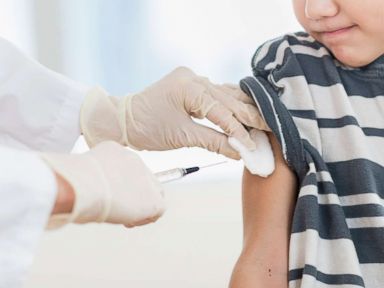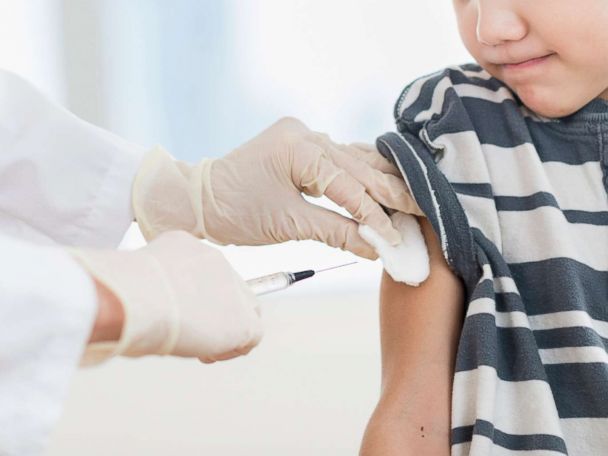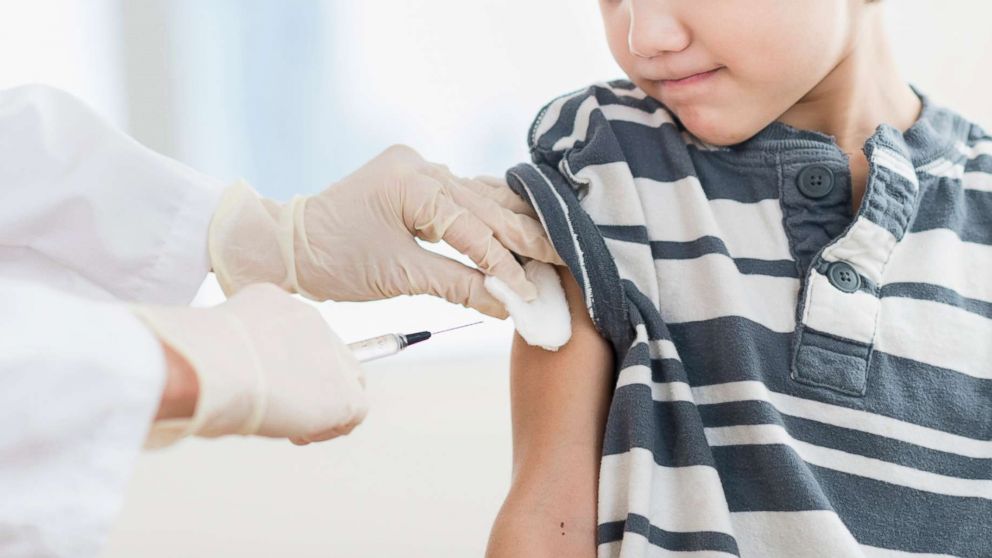






Despite increased efforts by federal health officials to vaccinate children early in life, the number of unvaccinated children in the U.S. continues to rise, according to a new report.
The percentage of children who were unvaccinated increased from 0.3 percent in 2001 to 1.3 percent in 2017, according to the Centers for Disease Control and Prevention.
Children by the age of 3 should have already gotten several vaccines, including some follow-up shots and boosters. The CDC points to two reasons why vaccination rates have fallen: lack of health insurance and access to doctors in rural parts of the country.
“While we know parental choice clearly plays a role, we also see in this report that access does seem to be an issue,” said Dr. Amanda Cohn, a fellow of the American Academy of Pediatrics and a senior adviser for vaccines at the CDC’s National Center for Immunization and Respiratory Diseases. “In particular, uninsured kids were highly represented in that group of kids who didn’t get vaccinated.”
The CDC suggested that parents take advantage of their visits to a health care provider by asking the doctor to administer any missing vaccines to their kids. These “missed opportunities” to vaccinate kids are partially why coverage for the recommended DTaP (diphtheria, tetanus and pertussis), pneumococcal and flu vaccines were below 90 percent.
The report also found a huge disparity in the number of uninsured kids who had received no vaccinations when compared to those who had insurance — 7.1 percent of uninsured kids versus 0.8 percent of kids with private insurance.
Parents who don’t have health insurance or are insured by Medicaid are most likely eligible for the Vaccines for Children program, a federally-funded program that provides vaccines to children who wouldn’t otherwise receive them, the CDC said, acknowledging that other barriers, such as transportation to and from VFC providers, child care and clinic hours, might still exist.
Cohn suggested that even if health care providers aren’t part of the VCF program, they can still refer their patients to other physicians who are.
Vaccines are not only meant to protect kids from diseases. but also those around them. In a separate CDC report many kindergartners still hadn’t received the required vaccines they needed to be in school due to either not keeping up with the recommended vaccination schedule — for which many schools give a grace period — or because they had been exempted.
A median of 2.2 percent of kindergarteners had exemptions for one or more vaccines in the 2017-2018 school year — the third consecutive school year that a slight increase was observed, according to the CDC.
Mississippi had the lowest amount of exemptions (0.1 percent of kindergartners) compared to 7.6 percent of kindergartners in Oregon.
That said, the number of states that had coverage among kindergartners over 95 percent went up. For example, the number of states with coverage of the measles, mumps and rubella (MMR) vaccine went from 20 to 23 states since the 2016-2017 school year. Likewise, the number of states with diphtheria, tetanus and pertussis (DTaP) vaccine coverage over 95 percent went from 23 to 25.
Cohn praised health care providers for these rising numbers as well as the overall high coverage rate in the U.S.
“Their strong recommendation for children in their practice to get vaccinated is incredibly influential on a parent’s choice to get vaccinated,” she said. “So just reiterating the importance of vaccination and helping parents understand the benefits of vaccination and the severity of diseases they are preventing is really important.”

